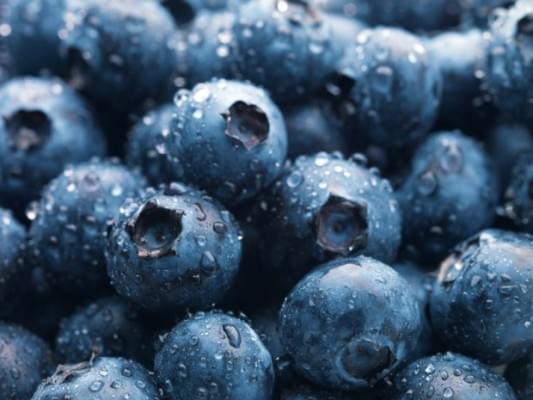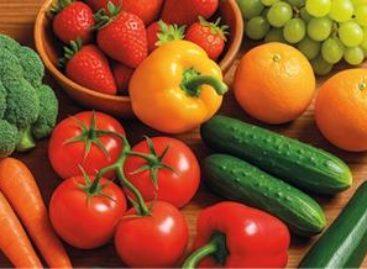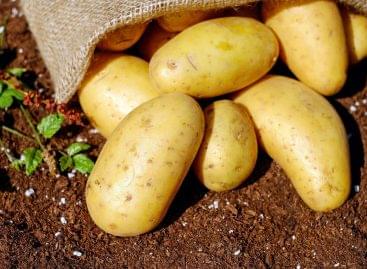Berries may make a comeback – if we adapt
Climate change and labor shortages have greatly transformed the Hungarian berry sector, but modern technology and new varieties provide an opportunity for renewal, said Ferenc Takács, Vice President of FruitVeb, on InfoRádiób.
 Although the cultivation of berries – especially raspberries – was once significant in Hungary, the situation has now changed radically. In the late nineties, we were still considered a dominant European producer in this area, but today raspberries can only be found on a few dozen hectares. The main reason for this is the lack of manual labor and the high cost of manual raspberry harvesting.
Although the cultivation of berries – especially raspberries – was once significant in Hungary, the situation has now changed radically. In the late nineties, we were still considered a dominant European producer in this area, but today raspberries can only be found on a few dozen hectares. The main reason for this is the lack of manual labor and the high cost of manual raspberry harvesting.
The success story of elderberry
In parallel with the decline of raspberries, elderberry has spread explosively: while in the eighties it was mainly collected from roadsides, today it is cultivated in an organized manner on about 6,000 hectares. The breakthrough of elderberry is due to the fact that it is a fast-growing species with low plant protection requirements, which can be mechanized and requires less labor.
Fighting climate change with technology
Ferenc Takács emphasized that due to climate change, irrigation and targeted protection have become indispensable. Hailstorms and spring frosts are becoming more frequent, and intense sunlight can also damage the crop. To protect against these, ice net support systems, shading and modern frost protection solutions are needed – not only in apple orchards, but also in smaller crops.
Currants: it has a future
The cultivation of black currants can be almost completely mechanized, which reduces the need for manual labor. Red currants, on the other hand, are more valuable: they are a sought-after raw material for fresh consumption and industrial processing – for example in confectionery. Although they still mostly have to be picked by hand, in bunches, developments aimed at mechanization have already appeared here too. “There are positive signs that demand for these fruit species is growing again,” said the vice president of FruitVeb.
The sector can be revived
The domestic production of soft fruits is therefore far from hopeless: the sector can be revived with variety selection, precision irrigation, modern production technology and partially mechanized harvesting. And the interest shown by the market indicates that adaptation is worth it.
Related news
The fruit and vegetable sector needs improvement
🎧 Hallgasd a cikket: Lejátszás Szünet Folytatás Leállítás Nyelv: Auto…
Read more >Polish potato prices under pressure – despite record exports, the market is burdened by oversupply
🎧 Hallgasd a cikket: Lejátszás Szünet Folytatás Leállítás Nyelv: Auto…
Read more >Hungarian apple producers are in trouble
🎧 Hallgasd a cikket: Lejátszás Szünet Folytatás Leállítás Nyelv: Auto…
Read more >Related news
The New Year’s Eve fireworks fair is back: temporary sales will start in department store parking lots at the end of December
🎧 Hallgasd a cikket: Lejátszás Szünet Folytatás Leállítás Nyelv: Auto…
Read more >The first Eastern European non-alcoholic beer turns 50
🎧 Hallgasd a cikket: Lejátszás Szünet Folytatás Leállítás Nyelv: Auto…
Read more >Sausage: pork prices are already going down, but they won’t be cheaper in stores – a significant correction may come in the spring at the earliest
🎧 Hallgasd a cikket: Lejátszás Szünet Folytatás Leállítás Nyelv: Auto…
Read more >






